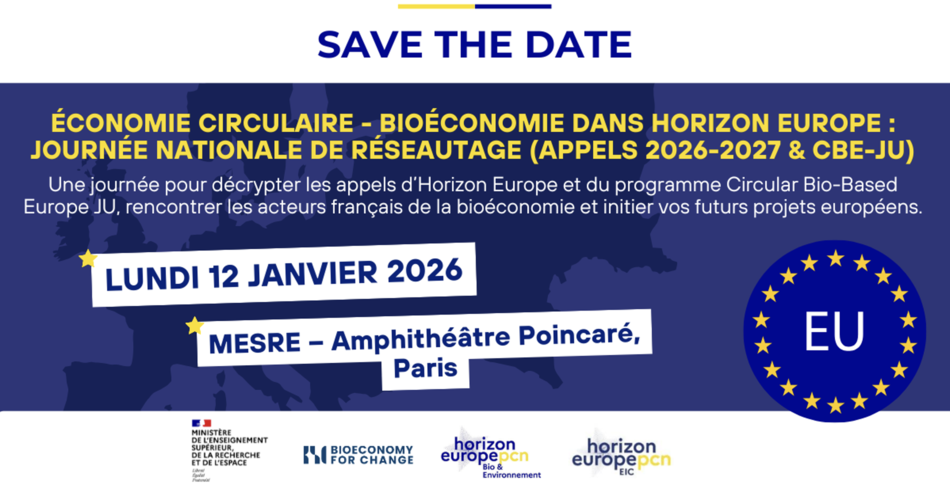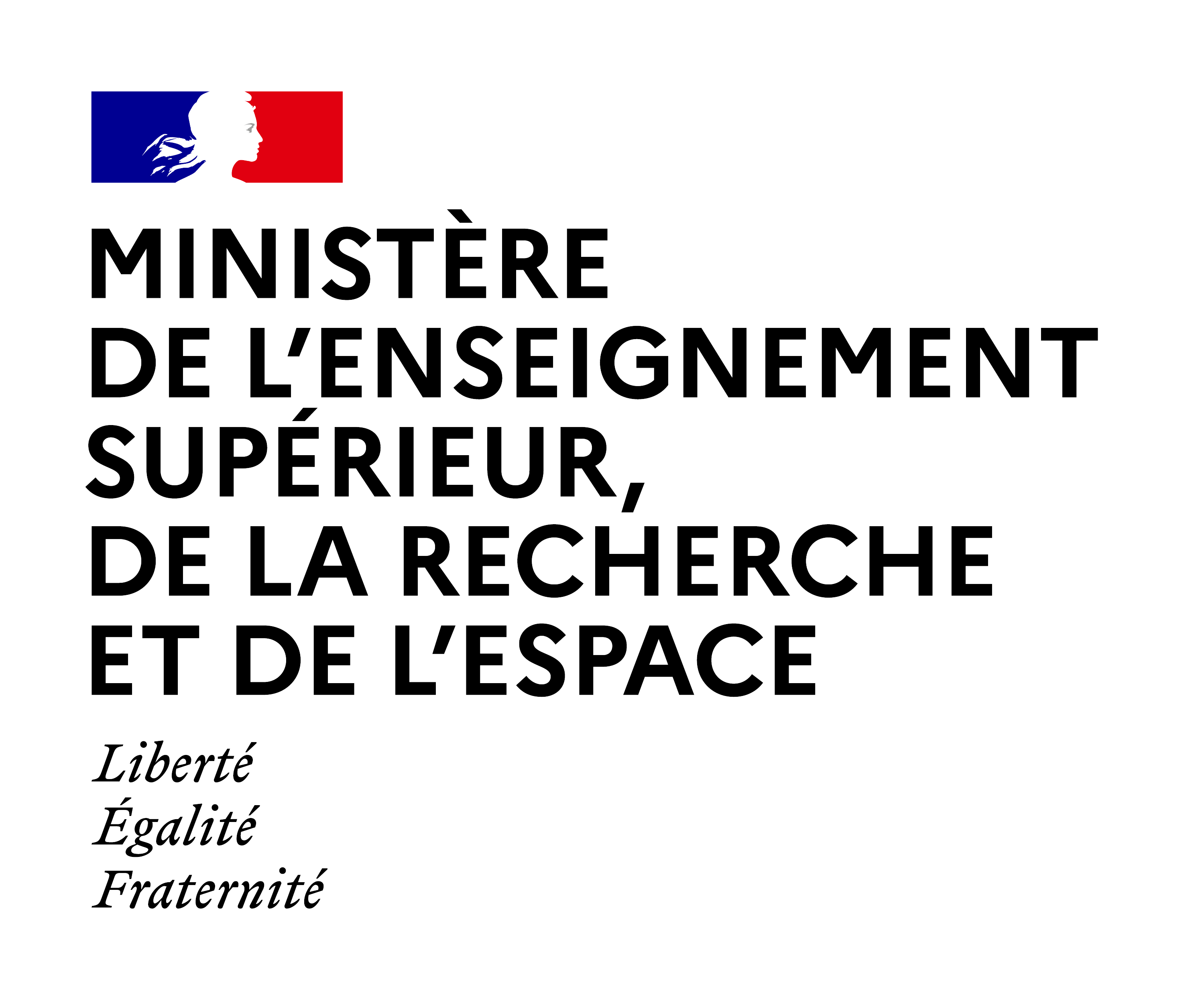Expected Outcome:
Project results are expected to contribute to all of the following expected outcomes:
- Increased knowledge about design, construction, assembly and operation and maintenance of floating wind farms.
- Improved overall constructability, reliability, installability, operability and maintainability of floating offshore wind systems.
- Demonstrated efficient, low-cost and sustainable emerging technologies for floating wind turbines; reduction of the LCoE.
- Reinforced European offshore wind turbine value chain and skills.
- Data for future optimisation of industry scale commissioning of the floater, mooring and anchor system.
Scope:
The overall aim is to accelerate the cost-effective construction and deployment of floating wind farms, facilitating their rapid and sustainable deployment across Europe and lower their overall costs. Projects are expected to
- Do the design optimisation of a full floating system, facilitate the execution of the project addressing space needs in ports, vessels, etc., supply chain development
- Demonstrate innovative floating vertical or horizontal axis offshore wind energy platforms (4 MW or higher total capacity for horizontal and 2 MW or more for vertical axis) in real sea conditions for long periods of time (12-24 months), collect data for future improvement design of the concept, to accurate predict future floating wind energy production and providing valuable learnings regarding performance, reliability, availability, maintainability, survivability and environmental impact. The wind energy system should be grid connected.
- Develop and implement pilot projects for floating wind by identifying the best existing practices and the remaining knowledge gaps.
Proposals are expected to address also industrial design and manufacturing processes, circularity of (critical) raw materials, scalability, installation methods, transport, operation & maintenance, supply chains and the related digital infrastructures.
Projects are requested to demonstrate the technologies at sea while respecting existing environmental regulatory framework. Present an environmental monitoring plan to be implemented during the demonstration action. Data on environmental monitoring have to be shared with EMODNET, the IEA Wind Task 34 on the Environmental Impact of Wind Energy Projects, IEA Wind Task 49 on Floating Offshore Wind and IEA OES Environmental Task 4.
The project has to include a clear go/no go moment ahead of entering the deployment phase. Before this go/no-go moment, the project has to deliver the detailed engineering plans, a techno-economic assessment, including key performance indicators based on international recognized metrics, a complete implementation plan and all needed permits for the deployment of the project and a plan to achieve certification by an independent certification body before the end of the action. The project proposal is expected to clearly demonstrate a proposed pathway to obtaining necessary permits for the demonstration actions and allow for appropriate timelines to achieve these. The project is expected also to demonstrate how it will get a financial close for the whole action. Independent experts will assess all deliverables and will advise for the go/no-go decision.
Plan for the exploitation and dissemination of results for proposals submitted under this topic should include a strong business case and sound exploitation strategy, as outlined in the introduction to this Destination. The exploitation plans should include preliminary plans for scalability, commercialisation, and deployment (feasibility study, business plan) indicating the possible funding sources to be potentially used (in particular the Innovation Fund).
The selected projects are expected to contribute to the BRIDGE initiative[1], actively participate to its activities and allocate up to 2% of their budgets to that end. Additional contributions to the ‘Alliance for Internet of Things Innovation’ (AIOTI) and other relevant activities (e.g. clusters of digital projects and coordinating actions) might be considered, when relevant.
This R&I need is identified in the offshore renewable energy strategy (COM(2020) 741 final) that commits the Commission to ‘develop new wind, ocean energy and solar floating technology designs, for example through Horizon Europe’.
[1] https://www.h2020-bridge.eu/





